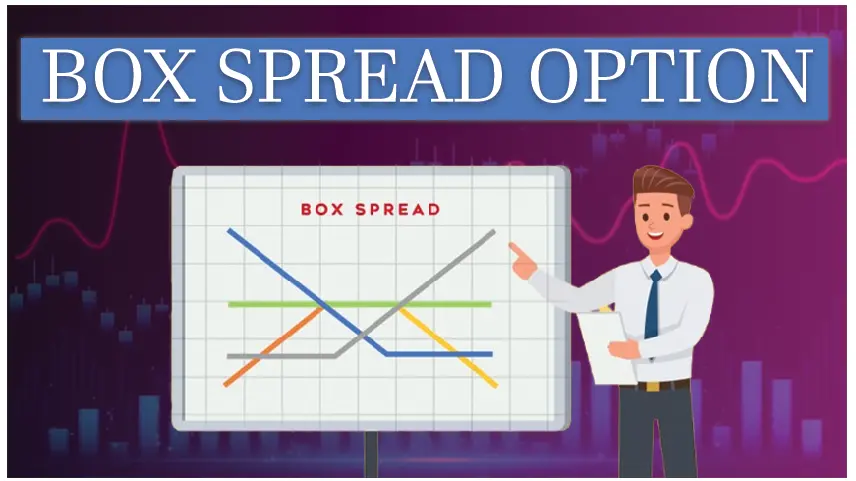Box spread option
A box spread option is a type of options trading strategy that involves the purchase and sale of two options with identical expiration dates but different strike prices. This strategy is also known as a long box or a short box, depending on the direction of the trade.
In a long box spread option, an investor buys a call option with a lower strike price and sells a call option with a higher strike price. At the same time, the investor also buys a put option with a higher strike price and sells a put option with a lower strike price. The investor profits if the market price of the underlying asset is between the strike prices of the options at expiration.

In a short box spread option, the investor does the opposite: selling a call option with a lower strike price and buying a call option with a higher strike price, while also selling a put option with a higher strike price and buying a put option with the lower strike price. The investor profits if the market price of the underlying asset is not between the strike prices of the options at expiration.
The box spread option strategy is used by investors who believe that the market is mispricing the options involved in the strategy. If the options are mispriced, the investor can profit from the difference in price between the options. However, this strategy typically requires a significant amount of capital and involves low potential returns, making it less attractive for most traders.
Hidden Risk in Box Spread Option
While a box spread option strategy may seem like a low-risk arbitrage strategy, there are hidden risks that investors need to be aware of before using this strategy.
One significant risk is the execution risk. Box spread options are typically only profitable when the options are mispriced, and the difference in the prices between the options is small. If the market conditions change and the options become correctly priced, or the bid-ask spreads on the options widen, the potential profit may disappear, and the investor may incur losses.
Another risk is that the strategy may be subject to early exercise risk. If one of the options is exercised early, it can impact the profitability of the strategy, and the investor may not be able to realize the full profit potential.
Moreover, this strategy requires a significant amount of capital, and the returns may not justify the costs involved in executing the strategy, such as transaction costs and margin requirements.
Finally, the regulatory environment may also impact the profitability of the strategy. Regulators may impose restrictions on the use of this strategy, and changes in the regulatory environment may impact the profitability of the strategy.
Therefore, while box spread options may seem like a low-risk strategy, investors should carefully assess the potential risks involved and conduct thorough research before using this strategy.
Also Read - Options Trading Strategies

0 comments